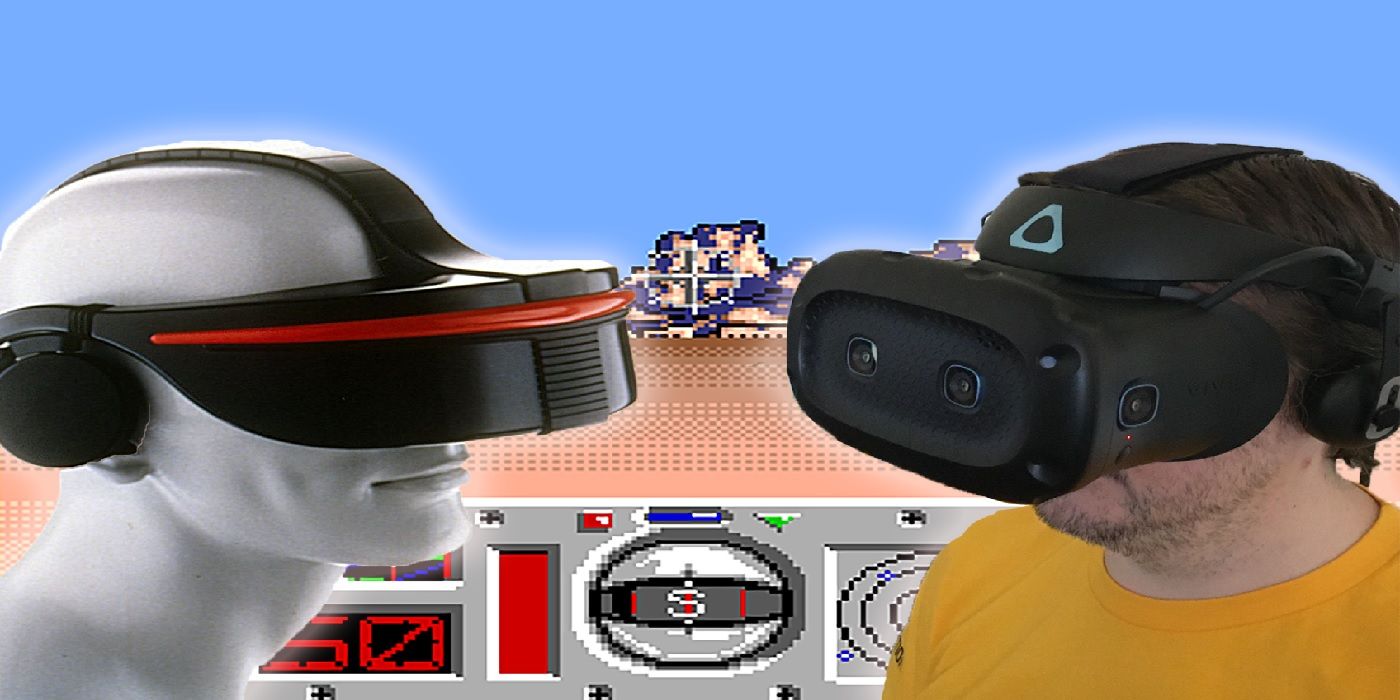Unreleased Sega VR Game Emulated for Modern Tech | Game Rant

An unreleased Sega project from nearly 30 years ago has received a second chance. The Sega VR was first revealed in 1993, but never saw the light of day. The Video Game History Foundation set forth to make that VR project a reality through emulation, and the results are pretty interesting.
Sega has had an intriguing history in terms of video game console and peripheral development, and the Sega VR is no exception. Virtual reality was very expensive in the early 90s, but Sega sought to provide a supplemental option that would connect to the Sega Genesis. Very similar to the PlayStation VR and how it works with the PS4, the Sega VR would be one of many Sega Genesis add-ons, but at the MSRP of $200, it would have provided a relatively affordable path to VR for gamers.
However, the Sega VR never came to be. But the Video Game History Foundation, which works at preserving source code of classic games, celebrates gaming, and teaches about the history of the industry, has brought it back to life. Thanks to emulation via the HTC Vive, the organization has been able to show fans what could have been with the VR headset from 1993.
Along with a massive post about the history of the Sega VR and the process of reviving it via emulation today, The Video Game History Foundation released a video of Rich Whitehouse (head of digital conservation at the organization) playing Nuclear Rush, a first-person action game. As long as one looks at the video with the perspective that the game would have been launched in 1993 in VR, the footage itself looks amazing. Nuclear Rush on the Sega VR looks graphically more impressive than, say, Star Fox from 1993 on the Super Nintendo or anything from the red and black look of Nintendo's Virtual Boy.
The physical design of the headset itself is also impressive, looking much more like an Oculus, HTC Vive, or PS VR headset of today than the failed Nintendo Virtual Boy of 1996. With a futuristic design, graphics that were current console-level, the ability to use it with the home-console, and the affordable price, the Sega VR project was ahead of its time in many ways.
In the end, however, the Sega VR never made it to market. Sega claims that the reason the project was canceled was that the experience was so immersive and realistic that people would have hurt themselves moving around and falling while using the device, similar to how silly videos of people tumbling in their living room while wearing a VR headset flood the internet today. But that reasoning seems unlikely. Since then, it has been confirmed that the Stanford Research Institute warned Sega about sickness, headaches, and dizziness for users of the VR headset, especially among children. Along with a few other factors, this is the most likely the reason that the Sega VR never saw the light of the day.
Source: VGHF
 Reviewed by Unknown
on
November 21, 2020
Rating:
Reviewed by Unknown
on
November 21, 2020
Rating:

Post a Comment